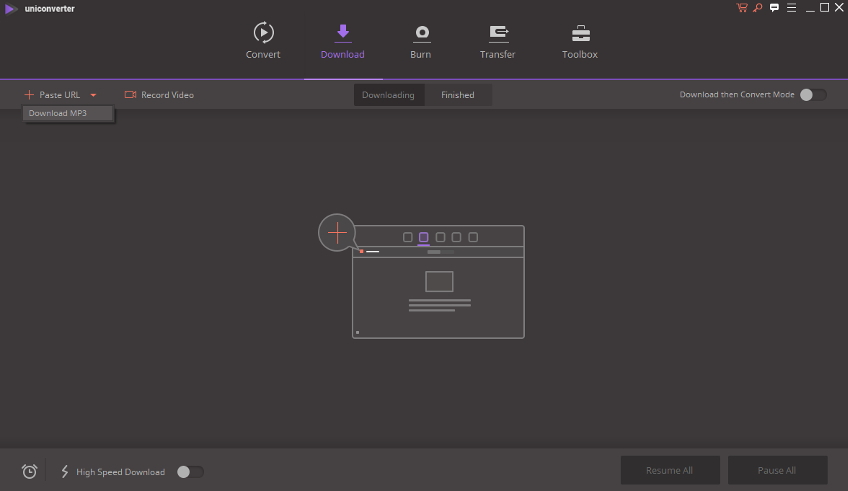

Hi I am trying to compile a OpenCV (2.6.4) CUDA program on my Win7 Visual Studio, using static link in order to allow the program to run on another computer without CUDA/OpenCV installed.cpu_img has data but requires processing best done on a gpu. Is there a way to eliminate the upload/download steps to convert a cv::Mat object to a cv::cuda::GpuMat object on the Nano since the GPU and CPU can both access the same memory? I’m looking for a solution to take advantage of the OpenCV cuda functionality, but avoid the penalty of copying from Mat to GpuMat and back again.Note: You are not recommended to leave static or global. as_raw_GpuMat as_raw_mut_GpuMat copy default default_allocator from_hostmem new Single-row GpuMat is always a continuous matrix.Unlike Python, where OpenCV images are stored in NumPy arrays, in C++ OpenCV 2.4 uses Mat and GpuMat. OpenCV 2.4.11 in Python, unfortunately, does not support CUDA, so we turn to C++. \brief Base storage class for GPU memory with reference counting. public static class opencv_core.GpuMat extends.The OpenCV CUDA bindings take care of mapping most of the higher-level operations to the hardware warps. Because of this choice, our work use C++ and CUDA, and targets the GHC machines to make use of the high-end NVIDIA GTX 1080. OpenCV is very popular for image processing and speeding up one of its modules could benefit other people.
#MP3 CONVERTER FOR MAC 10.6.8 CODE#
The sample code from OpenCV_GPU was successfully compiled on my machine through:
#MP3 CONVERTER FOR MAC 10.6.8 MAC OS X#

I'm trying to load an image data on GpuMat using a Mat data structure.


 0 kommentar(er)
0 kommentar(er)
